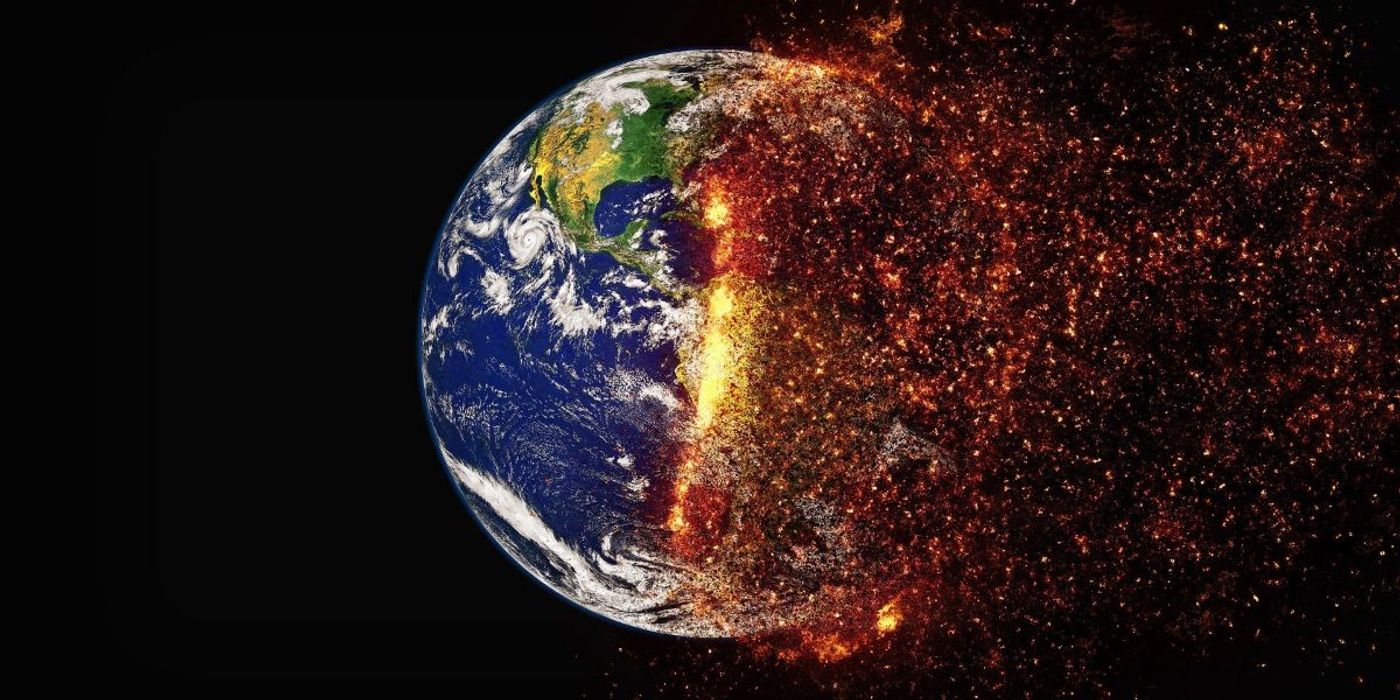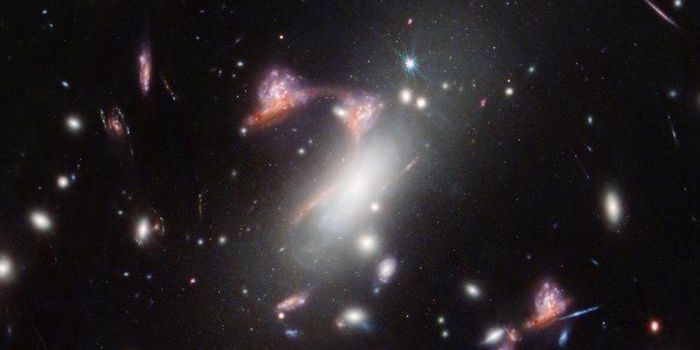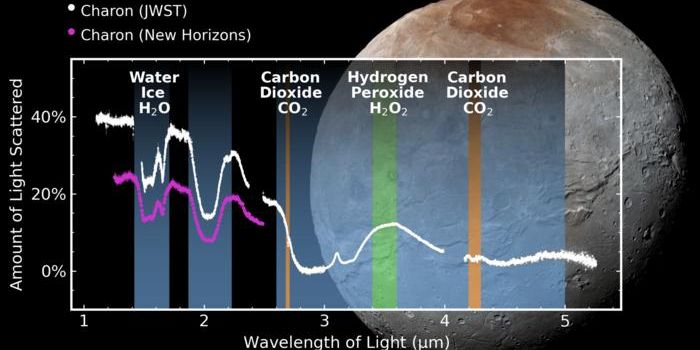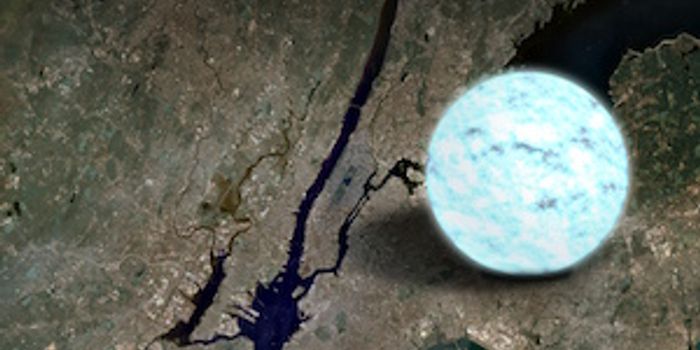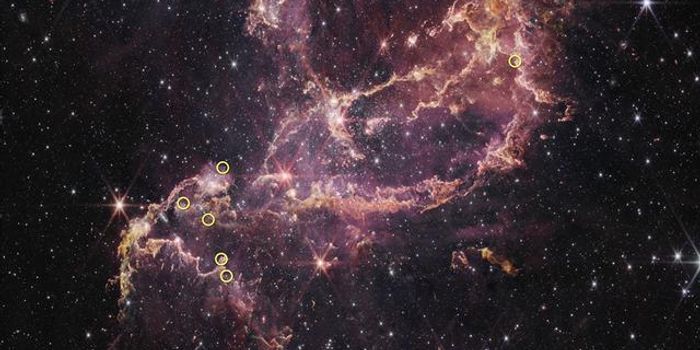Climate Models Overestimate Role of Greenhouse Gases in Global Warming, Says New Study
Researchers have that there was four times more soot in the pre-industrial Southern Hemisphere's atmosphere than previously thought. These findings mean that climate models may have overestimated the impact of greenhouse gases on the climate.
One of the biggest challenges in predicting the impacts of climate change is predicting how surface temperatures will rise according to increases in greenhouse gases. While greenhouse gases trap heat and warm the planet’s surface, aerosol particles from volcanoes, fires and other forms of combustion have a cooling effect as they block out sunlight or seed cloud cover.
Understanding how these factors interact is key to understanding the effects of climate change. While many of today’s climate models rely on data of past levels of greenhouse gases, the same data for smoke aerosols from before the Industrial Revolution has been largely unknown until now.
To get data on aerosol levels, the researchers analyzed 14 ice cores taken from across Antarctica indicating amounts of smoke from fires across the Southern Hemisphere. Inside these cores, they measured levels of soot, a key component of smoke. In doing so, the researchers found some unexpected results.
The ice cores contained four times more soot than expected, suggesting a much more fiery past than previously thought. The researchers then verified their findings with computer simulations accounting for these levels of smoke from wildfires and the burning practices of indigenous people.
Results from the simulations matched those from the ice cores. They also suggested that as land-use changes led to decreased fire activity, emission from industry increased. This meant that soot levels remained relatively constant from before the start of the industrial era into the 20th century.
The findings suggest that, until now, scientists have underestimated the cooling effect of smoke particles in the pre-industrial world. It, in turn, means that climate models may have over-estimated the warming effect of carbon dioxide and other greenhouse gases to account for observed increases in surface temperatures.
"Clearly the world is warming but the key question is how fast will it warm as greenhouse gas emissions continue to rise. This research allows us to refine our predictions moving forward," says Loretta Mickley, senior author of the paper.
Sources: EurekAlert, Science Advances
